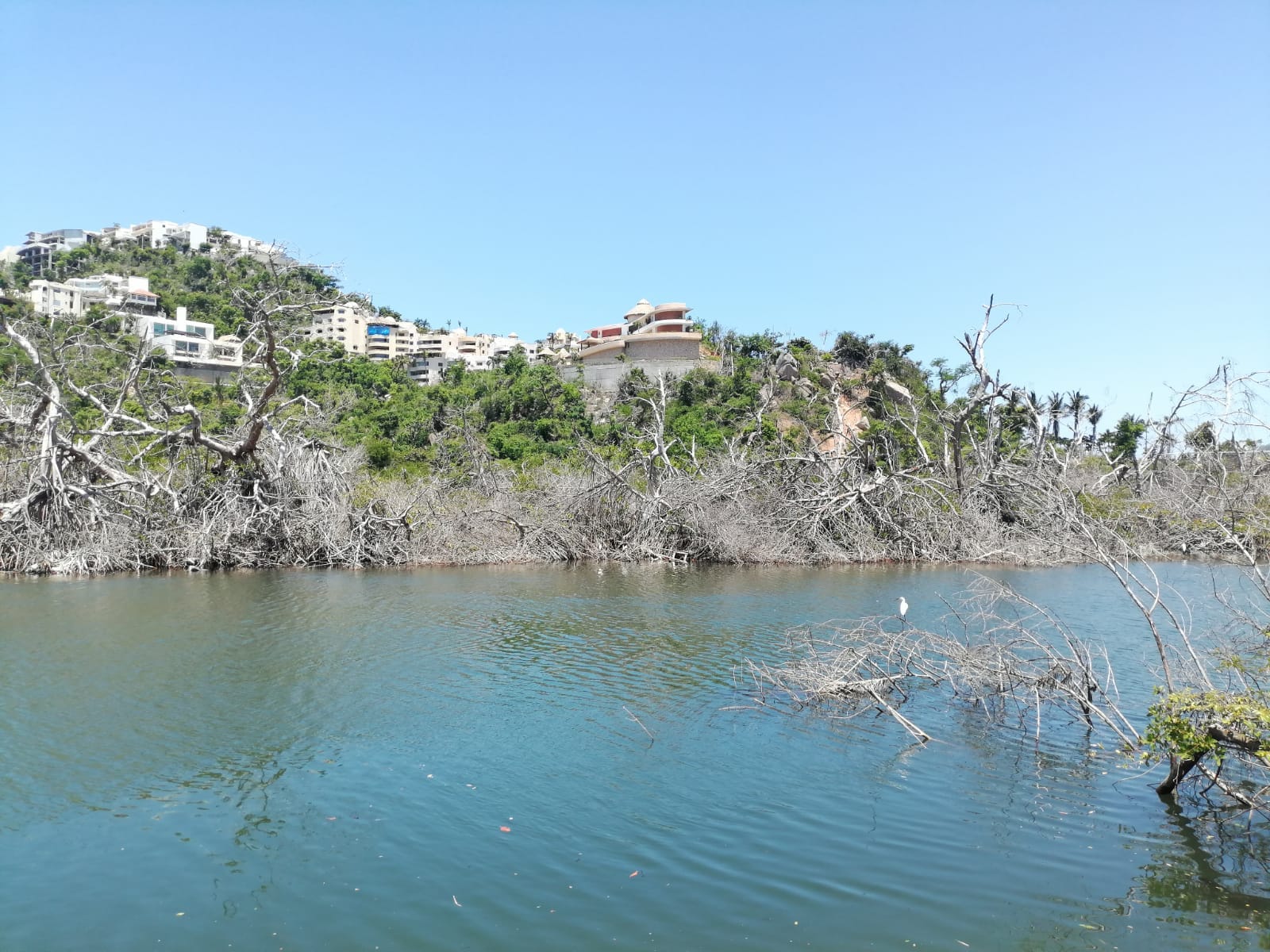Understanding the Threats to Acapulco’s Mangrove Ecosystem
Mangrove ecosystems, such as the ones found in Acapulco, play a crucial role in maintaining biodiversity and protecting coastlines. However, these ecosystems are facing a myriad of threats that endanger their existence and the services they provide.
The Impact of Urban Development and Tourism
Rapid urbanization and increasing tourism in Acapulco pose significant threats to the mangrove ecosystem. Land reclamation for construction projects, pollution from tourist activities, and habitat destruction disrupt the delicate balance of these vital ecosystems, leading to irreversible damage.
Climate Change and Sea Level Rise
Climate change exacerbates the challenges faced by Acapulco’s mangrove ecosystem. Rising sea levels, altered precipitation patterns, and extreme weather events put additional stress on these already fragile environments, leading to habitat loss and ecosystem disturbances.
Pollution and Illegal Fishing Practices
Pollution from agricultural runoff, untreated sewage, and industrial activities, combined with illegal fishing practices, further degrade Acapulco’s mangrove ecosystem. Contaminants compromise water quality, disrupt food chains, and harm the wildlife that depend on these ecosystems for survival.
A Call for Conservation and Sustainable Practices
To safeguard Acapulco’s mangrove ecosystem, a concerted effort towards conservation and sustainable practices is imperative. Implementing proper waste management, regulating land use, promoting eco-friendly tourism, and enforcing protection laws are crucial steps in preserving these valuable ecosystems for future generations.
Government Initiatives to Preserve Coastal Forests
Coastal forests are vital ecosystems that provide essential services ranging from carbon sequestration to safeguarding coastal communities against natural disasters. Recognizing the critical importance of preserving these biodiverse habitats, governments worldwide have undertaken significant initiatives.
In recent years, governments have increasingly focused on creating protected areas and reserves aimed at conserving coastal forests. These initiatives often involve a mix of regulatory measures, community engagement, and scientific research to develop sustainable management strategies.
Furthermore, governments have also collaborated with non-profit organizations and local communities to implement reforestation and afforestation programs along coastlines. These efforts not only help restore degraded coastal forest areas but also contribute to biodiversity conservation and carbon offset goals.
One notable example is the REDD+ program, which incentivizes developing countries to reduce emissions from deforestation and forest degradation and invest in sustainable forest management. This initiative underscores the global commitment to combat climate change while protecting valuable coastal forest ecosystems.
As climate change poses increasing threats to coastal forests, government initiatives play a crucial role in ensuring the long-term preservation of these ecosystems. By allocating resources, enforcing regulations, and promoting sustainable practices, governments can help safeguard coastal forests for future generations.
The Role of Local Communities in Mangrove Conservation
Local communities play a crucial role in the conservation of mangroves, the tropical coastal ecosystems that provide numerous benefits to the environment and society. These communities are often the first line of defense in preserving mangrove forests, which serve as nurseries for various marine species, protect coastlines from erosion and storms, and sequester carbon.
Empowering Local Engagement
One significant way to enhance mangrove conservation is by empowering local communities. By involving them in decision-making processes, encouraging sustainable practices like eco-friendly tourism, and providing education on the importance of mangroves, these communities become stewards of their own natural resources.
Strengthening Partnerships
Collaboration between local communities, governmental organizations, NGOs, and businesses is vital for effective mangrove conservation. Together, they can implement strategies for sustainable resource management, monitor mangrove health, and respond to threats like pollution and habitat degradation.
Building Sustainable Livelihoods
Engaging local communities in sustainable mangrove management not only ensures ecosystem protection but also contributes to their socio-economic well-being. Supporting alternative livelihoods such as eco-tourism, organic farming, or handicraft production can reduce dependence on destructive practices like illegal logging or shrimp farming.
Future Prospects for Acapulco’s Coastal Forests
Breaking Down the Headlines
The future prospects for Acapulco’s coastal forests are gaining attention as environmentalists and government bodies aim to balance development with conservation efforts in this ecologically significant area.
The Bigger Picture
These forests provide essential habitats for a diverse range of flora and fauna, playing a crucial role in maintaining biodiversity and providing ecosystem services. However, rapid urbanization, tourism expansion, and climate change pose significant threats to their preservation.
What This Means Going Forward
It’s imperative for stakeholders to implement sustainable land management practices, strengthen conservation initiatives, and engage in community partnerships to ensure the long-term survival of Acapulco’s coastal forests. Collaboration between authorities, local communities, and environmental organizations is key to balancing development and conservation for a greener and more resilient future.
